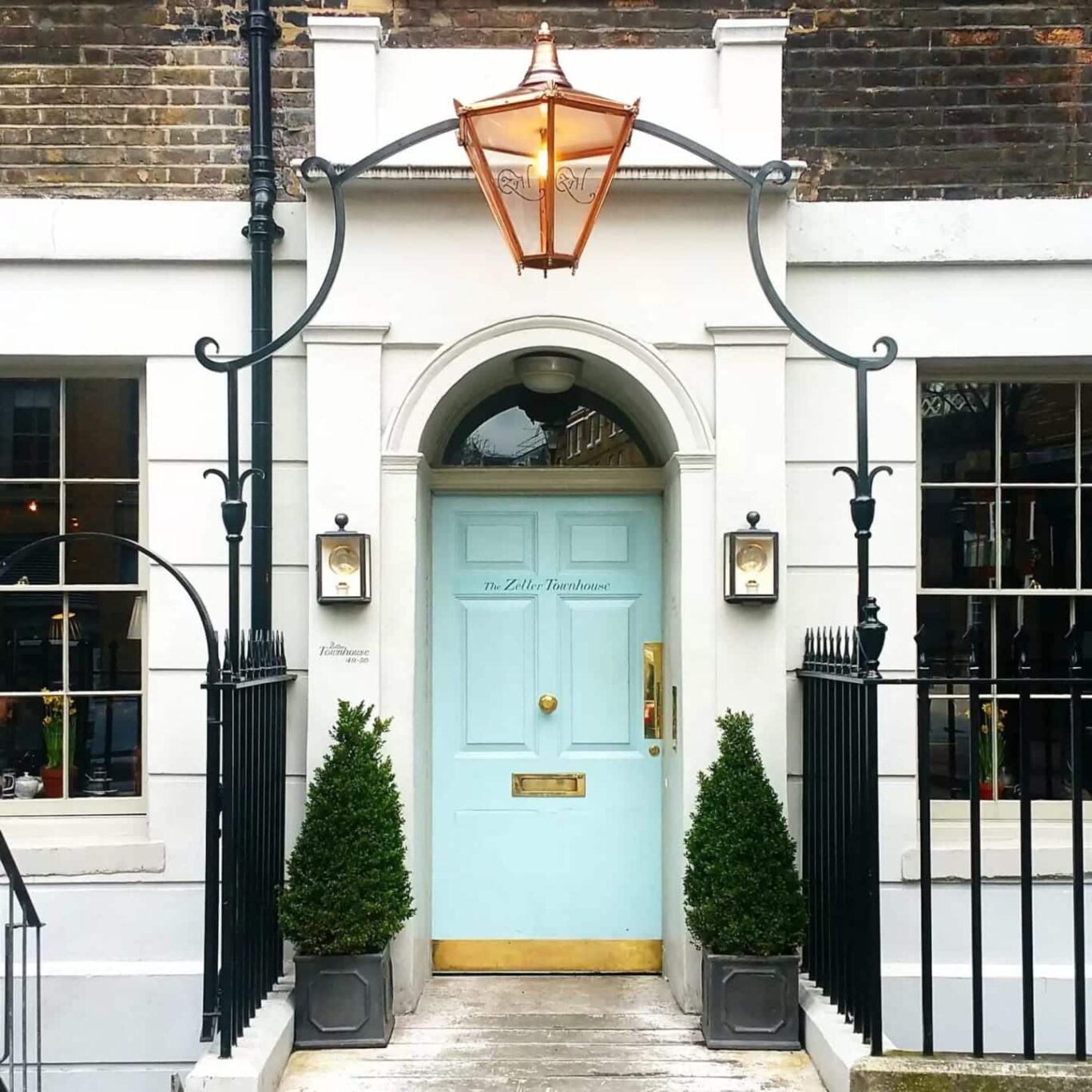Nestled in a charming townhouse in the heart of historic London, our Clerkenwell home is fuelled by a passion for super cocktails, sensational parties & the perfect slumber.
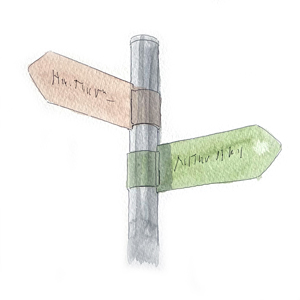
We proudly blend impeccable hospitality with a warm and welcoming experience. Whether you’re visiting us as a traveller or a local, you’ll enter as a guest and leave as a friend.
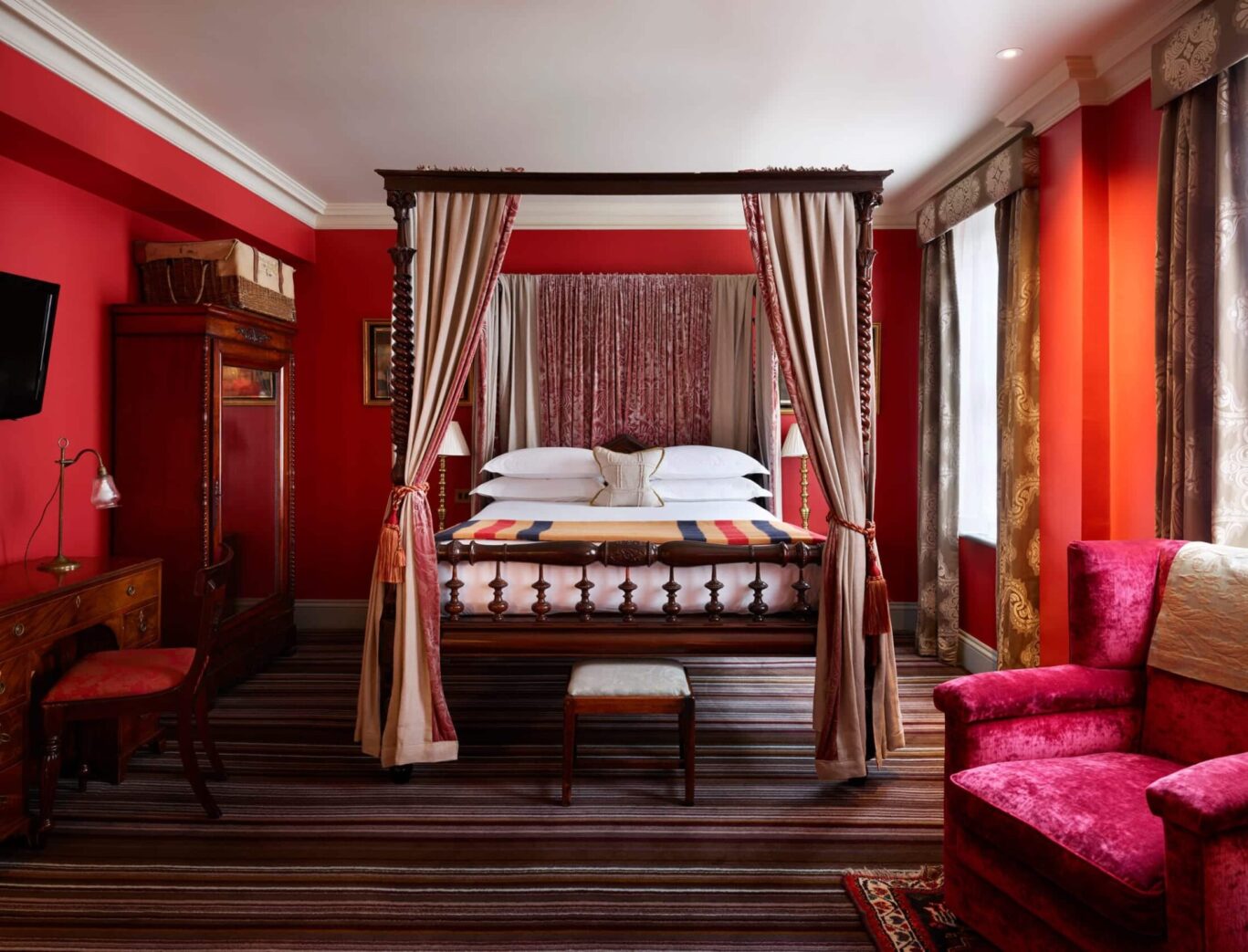
The Zetter Clerkenwell
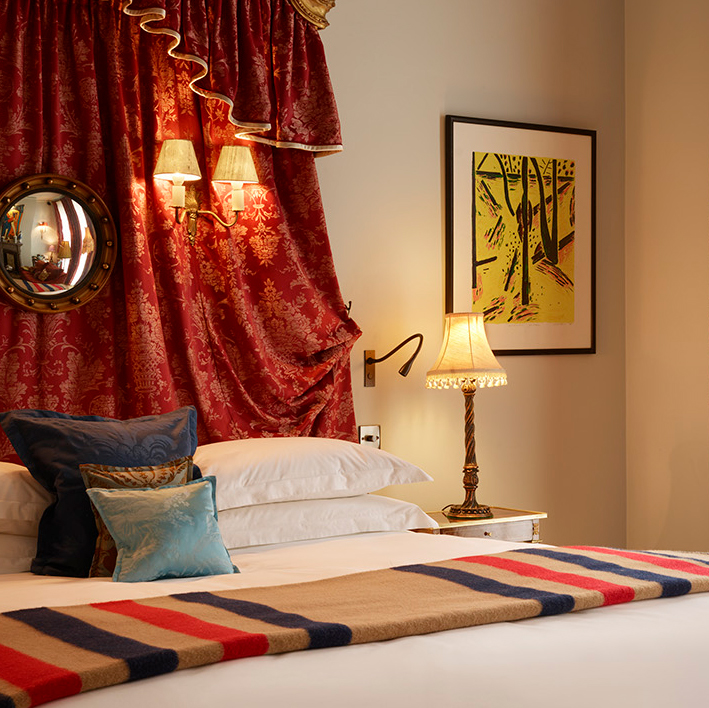
The Zetter Marylebone
Driven by passion and elegance, our Marylebone house has an air of grace, offering delectable drinks and small plates, before sending you off to bed for a peaceful night’s sleep.
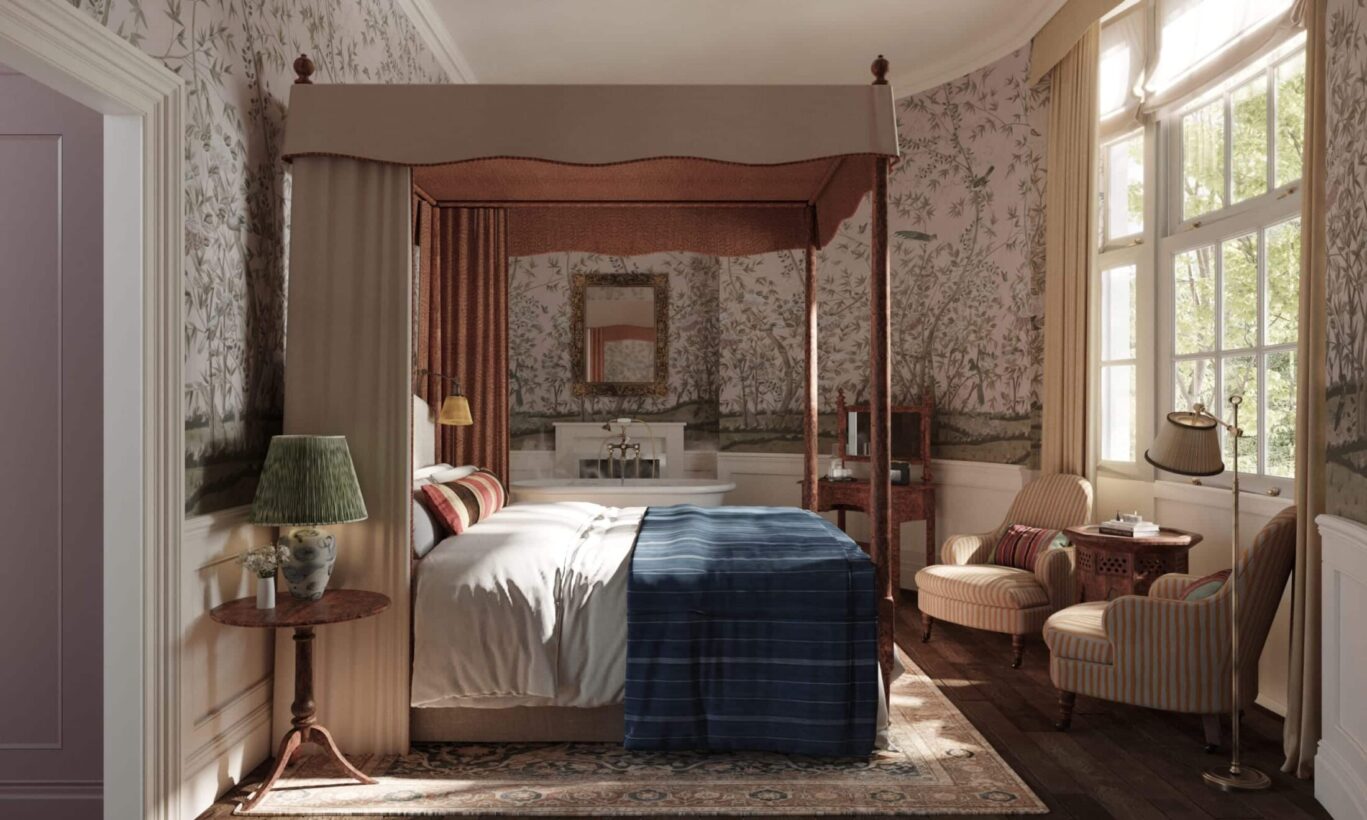
The Zetter Bloomsbury
The newest addition to our collection will be housed in an elegant townhouse in one of London’s most cultural neighbourhoods.
Opening 2025
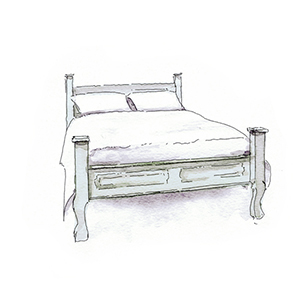
Book Your Stay
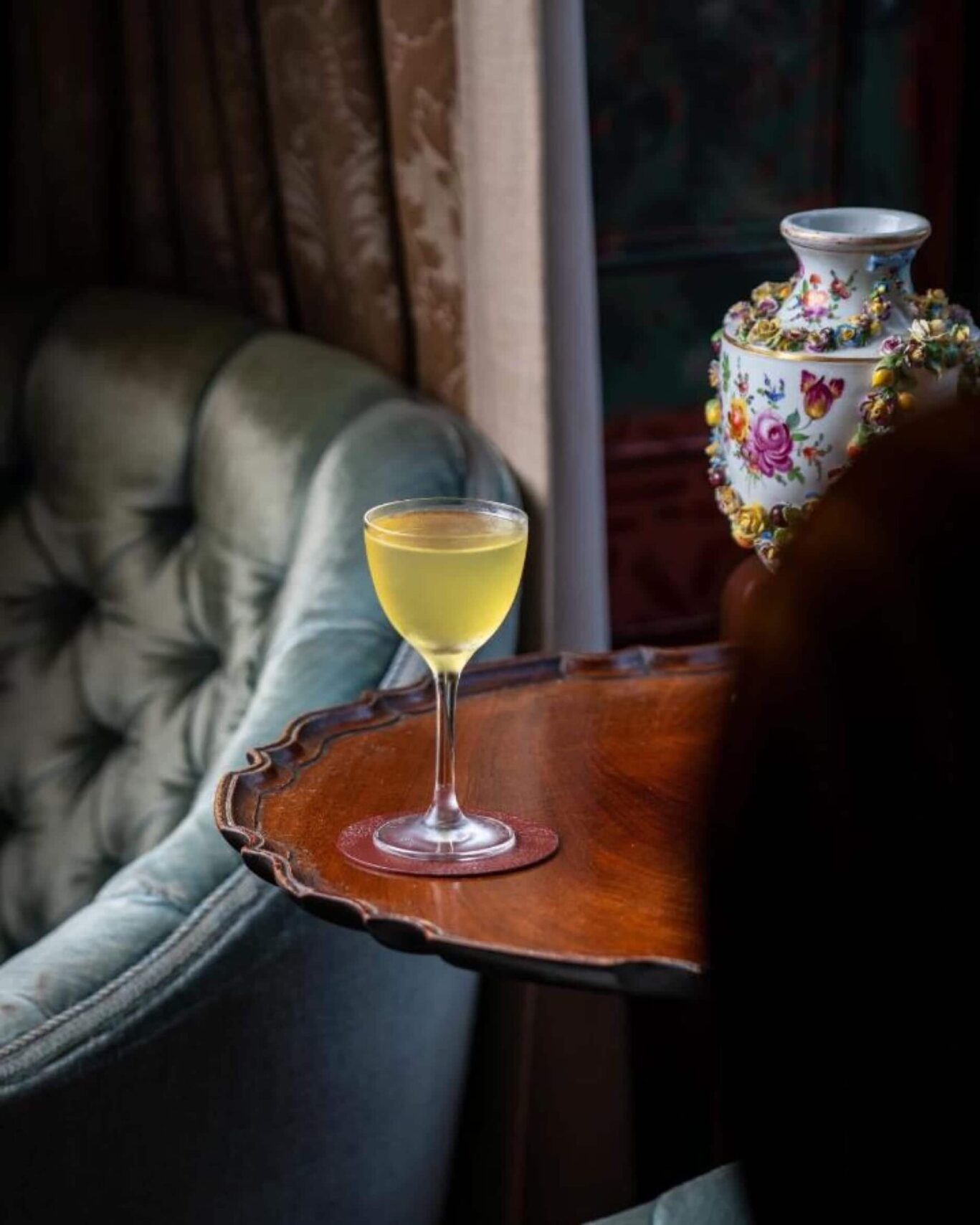
Care for a Drink?
Our hotels are centred around a social gathering space that encourages meaningful connections with other guests, staff and locals alike—along with the best cocktails in town. Pop in sometime and find out for yourself.
